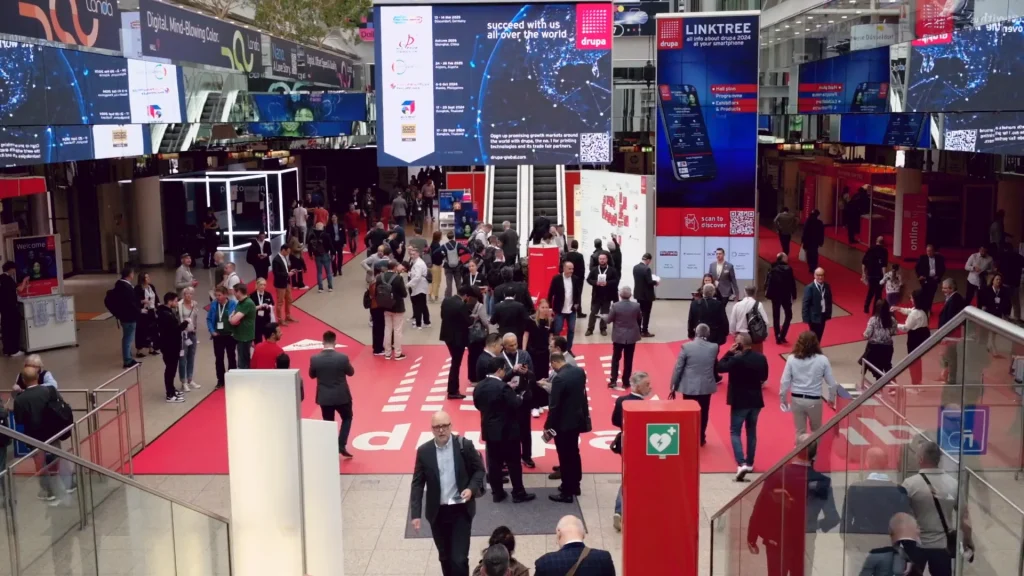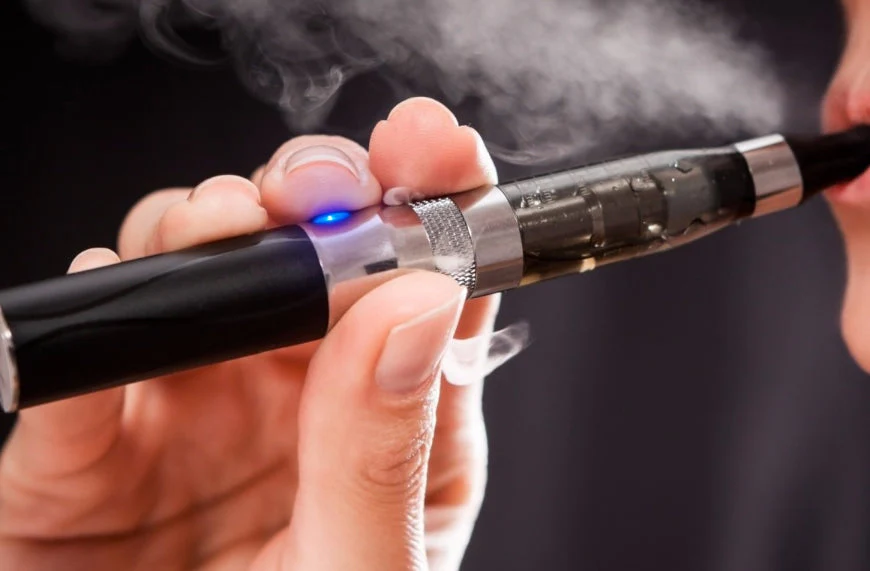Let’s be real—trade shows can get overwhelming fast. There are rows of booths, tons of people, and a sea of brands all fighting for attention. So, how do you make sure your booth is the one everyone remembers? Creative giveaways!
But here’s the thing: it’s not just about tossing out some pens or stress balls. When you put real thought into your giveaways, you can catch people’s attention, get them engaged, and turn casual visitors into solid leads. Let’s break down exactly how creative giveaways can make your next trade show a lead-generating powerhouse.
- Grabbing Attention with Unique Swag
First impressions matter. If your giveaway is just another boring tote bag, people might not even stop. Go for something that makes them say, “Whoa, what’s that?” For more creative inspiration, check out this tradeshow giveaways marketing playbook.
Examples of attention-grabbing giveaways:
– A notebook with a built-in phone stand (seriously handy!)
– Reusable water bottles that double as mini speakers
– Tech gadgets with a fun twist (think: charging cables shaped like your logo)

Why it works:
People are naturally drawn to things that stand out. When your giveaway is both eye-catching and useful, visitors are much more likely to pop by your booth and remember your brand later.
- Creating Experiences That Stick
Handing someone a freebie is nice, but you know what’s even better? Giving them an experience they’ll talk about.
Try things like:
– Interactive demos: Let people play with your product or try a sample.
– Games or challenges: Spin-the-wheel, trivia, or mini competitions.
– Personalization: Engrave their name on the giveaway or customize it on the spot.
Pro tip:
The more involved people are, the more they’ll remember you. Plus, it makes the whole event way more fun!
- Reinforcing Your Brand Identity
Don’t just slap your logo on some random item and call it a day. Your giveaways should feel like they’re from your company.
– Match your brand colors and visuals.
– Make sure your logo is clear, but not overwhelming.
– Pick items that fit your brand’s personality (quirky, high-tech, eco-friendly, etc.).
Result:
When people use your giveaway later, they’ll instantly recall the awesome booth they got it from—and what your brand stands for.
- Boosting Interaction and Engagement
Want more than just a passing “thanks”? Get attendees to interact with your team and your brand.
Here’s how:
– Host a live poll or quick survey (maybe tie it to a prize!)
– Set up a photo booth and encourage social shares with a branded hashtag
– Run a contest where people need to engage with your product to enter
Bonus:
Social media shares = free publicity beyond the trade show floor.
- Standing Out from Competitors
Let’s face it, you’re not the only one handing out swag. So, ask yourself:
– What makes your giveaway different?
– Is it higher quality?
– Is it something they can’t get anywhere else?
Tip:
Personalized or limited-edition items make people feel special—and help you outshine the booth next door.
- Fostering Long-Term Brand Recall
It’s not just about being memorable that day. You want people to think of you weeks or months later.
How to do it:
– Choose items people actually use (think: phone grips, portable chargers, planners)
– Add a personal touch—maybe a handwritten note or a custom message
– Follow up after the show with a friendly email or exclusive offer
Result:
You’re not just a fleeting memory—you’re now part of their daily life or routine.
- Generating Word-of-Mouth Buzz
Make your giveaways so cool that people want to show them off.
Ways to amplify the buzz:
– Encourage social sharing with incentives or contests
– Partner with influencers who can spread the word
– Use creative hashtags to track and boost your reach
Before you know it, people are talking about your booth—and your brand—way beyond the event.
- Driving More Booth Traffic
Want to turn your booth into the spot everyone’s flocking to? Bring the energy!
Try these strategies:
– Tease your giveaways on social media before the event
– Use big, bold signage so people know where to find you
– Keep your booth open and inviting (no blocking the entrance with tables!)
Don’t forget:
A friendly, proactive team makes all the difference. Greet people, start conversations, and make them feel welcome.
- Measuring Your Giveaway Success
Giving stuff away is great, but you need to know if it’s actually working.
Track things like:
– Number of people who participate or sign up
– Lead quality (how many turn into real prospects?)
– Social shares and online engagement
Tip:
Set goals ahead of time, and use digital tools to collect data. After the show, review what worked (and what didn’t), so you can keep improving.
Wrapping Up
Creative giveaways aren’t just about freebies—they’re about making connections, sparking conversations, and standing out from the crowd. With a little imagination and some smart planning, you’ll turn your next trade show into a lead-generating, brand-building event to remember.
Ready to give your trade show strategy a boost? Start brainstorming those unique giveaways now!








